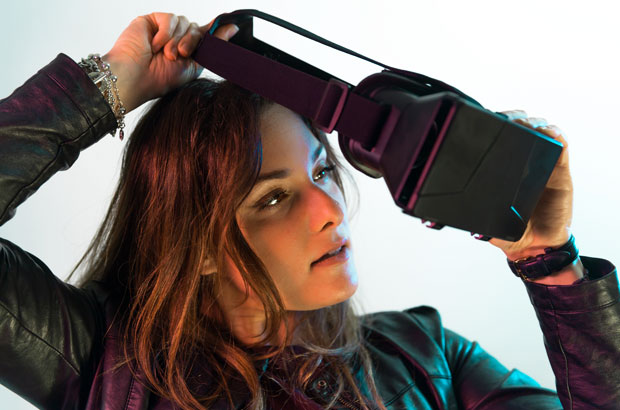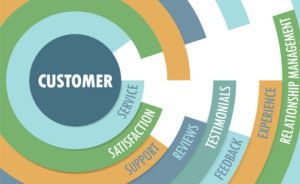Virtual reality devices, including headsets and peripherals, offer consumers and businesses new ways to experience and share immersive content for entertainment, educational, social and other purposes.
VR’s unique capability to promote user interaction through highly immersive content provides untapped potential in terms of storytelling, advertising, the practice of medicine, business, travel and much more. Virtual reality headsets are now available at increasingly attainable prices, and many consumers have computing hardware capable of supporting the demands of VR software.
Compared with other consumer technology products, VR headset adoption, purchase, and purchase intention rates remain extremely low.
Slow Start
Only 7 percent of U.S. broadband households surveyed owned at least one virtual reality headset as of Q3 2017. Three percent reported having purchased a headset in the year prior, and 14 percent reported their intent to purchase one in the coming year. Those rates reflect a very young market.
The rate of year-over-year increase was substantial, though. Both the adoption and purchase rates tripled between early 2016 and Q3 2017. The percentage of broadband households indicating their intention to buy one or more VR headsets in the year ahead nearly tripled in the same18-month period.
Many companies anticipate strong growth for the VR market as both headsets and content become increasingly available and accessible.
The major companies that drove the early push for consumer VR — Facebook, Valve/HTC, Sony, Samsung and Google — continue to lead the market today. Microsoft joined them with the release of its Windows Mixed Reality headsets at the end of 2017. The HTC Vive and Oculus Rift still dominate the premium PC-based space, while Samsung and Google continue to rule the mobile VR market.
Pricing remains a constraint, particularly for mid-tier and premium head-mounted displays. The industry must address several factors before VR will achieve a stronger mainstream presence.
Lack of Familiarity
Less than one-quarter (23 percent) of consumers surveyed were familiar or very familiar with virtual reality, and even fewer reported familiarity with specific VR headsets.
Because the value of VR is best understood when experienced, headset demos are key to VR adoption. As of Q1 2017, fewer than 13 percent of consumers had experienced VR — a statistic that must change for VR to achieve mass market adoption.
Technology Fragmentation
VR market players have been experimenting with a variety of tracking, input and content technologies, with no common standards followed by the entire industry. As a result, much of the content produced remains constrained to particular headset hardware, and conversion to alternative hardware often is costly.
This fragmentation makes content development expensive and limits content distribution. With no dominant VR headset maker and little prospect of near-term consensus, the lack of standardization will remain an issue for the next few years.
User Experience Issues
The various VR technology approaches present unique user experience issues that current-generation VR headsets have yet to solve.
Feedback on the user experience from those who own or have tried VR headsets has been mixed, based on Parks Associates data. While the majority of survey respondents said they would like to be able to experience VR in their own homes, more than half also reported that they did not think the experience would be worth the extra expense of buying a headset. Most indicated that the experience exceeded their expectations, but one-fifth said it did not. One-third found the VR experience disorienting or uncomfortable.
Lack of a Concise Value Proposition
Virtual Reality describes a way of experiencing content rather than promoting the type, purpose, or value of the content itself. Potential use cases are wide-ranging, and this diversity of purposes makes the technology an attractive investment. It eventually could become so widespread as to be indispensable in some industries.
Yet fragmentation in uses cases may slow initial traction. While gaming, streaming 360-degree video, and virtual travel all provide compelling use cases, there are no ecosystems sufficiently developed to drive headset sales on their own.
Despite slow initial uptake, virtual reality has the potential to breathe life into a consumer electronics market at risk of languishing. Its last round of innovative, disruptive devices — smartphones and tablets — have been reaching maturity rapidly.
More than 77 million households will own VR devices by 2021, Parks Associates has forecast. That’s 2.3 times more than the number that owned a device in 2017.
The VR market’s growth will continue to be driven primarily by gamers and enthusiasts, though VR live broadcasts of Olympic games, sports, and other live events by companies such as NBC and NextVR have become increasingly popular over the past two years.
Market players and watchers should continue to pay close attention, as the VR market has the potential to change drastically over the next two to three years.














































Social Media
See all Social Media